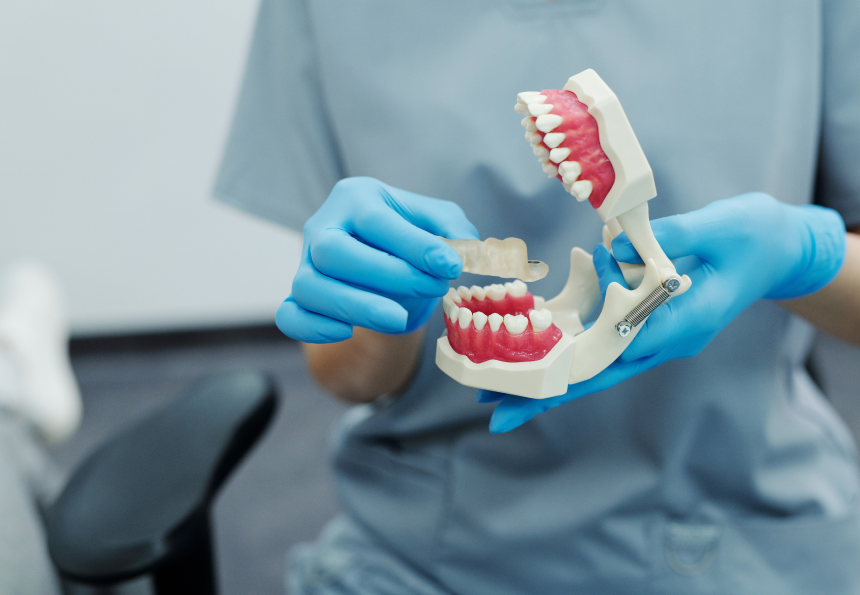Your Overview to Picking the Right Dentist Eugene OR for High Quality Service
Your Overview to Picking the Right Dentist Eugene OR for High Quality Service
Blog Article
Discover Common Dental Troubles That Dentists Can Deal With Effectively
Oral wellness is a crucial element of total well-being, yet common issues such as dental caries, periodontal condition, tooth decay, tooth level of sensitivity, and misaligned teeth often go neglected. Advancements in dental care have made it possible for dental practitioners to resolve these troubles efficiently with numerous treatments.
Tooth Cavities
Tooth cavities, also recognized as tooth decays, are among the most common dental concerns affecting individuals of all ages. They happen when the enamel, the difficult outer surface area of the teeth, is deteriorated by acids created by germs in the mouth. These microorganisms thrive on sugars and starches from food and drinks, developing a sticky film called plaque that sticks to the teeth - eugene dentist. In time, the acids in plaque can produce little openings or holes in the enamel, resulting in tooth cavities.

Safety nets are important in combating tooth cavities. These consist of maintaining excellent oral hygiene methods such as regular brushing with fluoride toothpaste, flossing, minimizing sugar consumption, and participating in regular oral sees. By sticking to these practices, individuals can considerably lower their risk of establishing tooth cavities and maintain optimum oral health.
Periodontal Disease
Gum tissue illness, also known as periodontal condition, is a widespread problem that influences the tissues surrounding and supporting the teeth. It mostly occurs due to the build-up of plaque, a sticky film of germs that bases on the teeth. Otherwise eliminated via normal brushing and flossing, plaque can solidify right into tartar, which can just be eliminated by a dental professional.
There are two main phases of gum condition: gingivitis and periodontitis. Gingivitis is the preliminary, milder form, characterized by red, puffy periodontals that may bleed conveniently. At this phase, the problem is usually reversible with appropriate dental health and expert oral cleansings. If left neglected, gingivitis can proceed to periodontitis, a much more severe kind that can bring about loss of the bone that sustains the teeth.
Periodontitis entails much deeper infection and inflammation of the periodontals, creating the periodontals to pull away from the teeth and develop pockets that can come to be contaminated. Therapy for periodontitis frequently involves scaling and root planing, a deep-cleaning procedure to eliminate tartar and germs from beneath the gum tissues. In advanced situations, medical treatments may be essential to bring back gum tissue and bone health. Regular oral exams are crucial for early discovery and effective administration of gum illness.
Tooth Decay
Tooth decay, a prevalent oral issue, shows up when the difficult surface of the tooth, referred to as enamel, is harmed by acids produced by microorganisms in plaque. This process starts when sugary and starchy foods are taken in, providing a breeding ground for microorganisms. These germs metabolize the sugars to produce acids, which consequently deteriorate the enamel, causing dental caries.
Originally, tooth decay may be asymptomatic, but as it progresses, it can result in visible openings or pits in the teeth, toothache, and sensitivity to warm, cold, or sweet compounds (dentist eugene oregon). If left unattended, the degeneration can pass through deeper layers of the tooth, reaching the dentin and at some point the pulp, causing extreme discomfort and possibly causing abscesses or infections
Very early treatment is crucial for optimal outcomes, making routine oral exams vital for determining and resolving imbalance issues quickly. With personalized therapy plans, dental professionals can efficiently restore both the functionality and look of a client's smile.
Final Thought
In recap, attending to typical oral problems such as tooth cavities, periodontal illness, dental cavity, tooth sensitivity, and misaligned teeth is vital for maintaining dental health and functionality. Dental experts are geared up to diagnose and treat these concerns effectively with different interventions, consisting of fillings, cleanings, orthodontics, and preventative treatment. Suitable and prompt therapy can minimize the risks linked with these dental issues, thereby enhancing total oral wellness and lifestyle.
Oral health is a vital element of total wellness, yet common concerns such as dental caries, periodontal disease, tooth decay, tooth level of sensitivity, and misaligned teeth usually go without treatment.Tooth decay, a common oral issue, manifests when the difficult surface area of the tooth, known as enamel, is damaged by acids created by microorganisms in plaque. Preventative procedures such as routine oral exams, excellent dental health techniques, and a well balanced diet are essential in minimizing the risk of tooth degeneration.
Usual aspects consist of enamel erosion due to hostile brushing, acidic food usage, or oral problems such as gum tissue economic crisis and tooth degeneration.In recap, resolving usual dental troubles such as tooth cavities, gum disease, tooth decay, tooth level of sensitivity, and misaligned teeth is crucial for keeping dental health and wellness and capability.
Report this page